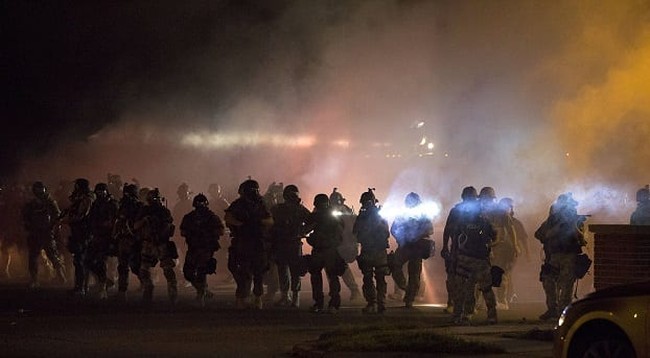 If anything good comes out of the mess in Ferguson it may be a national consensus that American police forces have gradually morphed from a force designed to protect citizens into a heavily militarized force. While much silliness has been spread for the reasons for this — apparently the “North Hollywood Shootout,” in which two heavily armed bankrobbers held LAPD at bay for nearly exactly 20 minutes before one was killed and the second wounded and left to bleed out on the pavement justifies combat fatigues, MRAPs and the Dallas Independent School District having its own SWAT team.
If anything good comes out of the mess in Ferguson it may be a national consensus that American police forces have gradually morphed from a force designed to protect citizens into a heavily militarized force. While much silliness has been spread for the reasons for this — apparently the “North Hollywood Shootout,” in which two heavily armed bankrobbers held LAPD at bay for nearly exactly 20 minutes before one was killed and the second wounded and left to bleed out on the pavement justifies combat fatigues, MRAPs and the Dallas Independent School District having its own SWAT team.
The military trappings are merely the external symbols of the systemic change that has happened to our police forces. There are many reasons for that, perhaps the most obvious is the “War on Drugs” close on the heels of that was the decision that surplused military equipment from the wars in Iraq and Afghanistan should be gifted to police departments:
Small counties and cities throughout the country are now being “gifted” with 20-ton Mine Resistant Ambush Protected (MRAP) vehicles. MRAPs are built to withstand IED blasts, a function which seems unnecessary for any form of domestic policing, yet police in Jefferson County, New York, Boise and Nampa, Idaho, as well as High Springs, Florida, have all acquired MRAPs. Police in West Lafayette, Indiana also have an MRAP, valued at half a million dollars.
Universities are getting in on the program as well. In September 2013, the Ohio State University Department of Public Safety acquired an MRAP, which a university spokesperson said will be used for “officer rescue, hostage scenarios, bomb evaluation,” situations which are not increasingly common on OSU’s campus. In reality, it will be used for crowd control at football games.
Almost 13,000 agencies in all 50 states and four U.S. territories participate in the military “recycling” program, and the share of equipment and weaponry gifted each year continues to expand. In 2011, $500 million worth of military equipment was distributed to law enforcement agencies throughout the country. That number jumped to $546 million in 2012. Since 1990, $4.2 billion worth of equipment has been transferred from the Defense Department to domestic police agencies through the 1033 program, in addition to various other programs supposedly aimed at fighting the so-called War on Drugs and War on Terror. For example, the Department of Homeland Security has delivered roughly $34 billion to police departments throughout the country since 9/11, ostensibly to purchase more gear for their steady growing arsenals of military weapons and equipment.
With that equipment has come a drastic increase in the number of SWAT teams and if you have something you’ve really gotta use it:
Peter Kraska, a professor at Eastern Kentucky University’s School of Justice Studies, estimates that SWAT teams were deployed about 3,000 times in 1980 but are now used around 50,000 times a year. Some cities use them for routine patrols in high-crime areas. Baltimore and Dallas have used them to break up poker games. In 2010 New Haven, Connecticut sent a SWAT team to a bar suspected of serving under-age drinkers. That same year heavily-armed police raided barber shops around Orlando, Florida; they said they were hunting for guns and drugs but ended up arresting 34 people for “barbering without a licence”. Maricopa County, Arizona sent a SWAT team into the living room of Jesus Llovera, who was suspected of organising cockfights. Police rolled a tank into Mr Llovera’s yard and killed more than 100 of his birds, as well as his dog. According to Mr Kraska, most SWAT deployments are not in response to violent, life-threatening crimes, but to serve drug-related warrants in private homes.
He estimates that 89% of police departments serving American cities with more than 50,000 people had SWAT teams in the late 1990s—almost double the level in the mid-1980s. By 2007 more than 80% of police departments in cities with between 25,000 and 50,000 people had them, up from 20% in the mid-1980s (there are around 18,000 state and local police agencies in America, compared with fewer than 100 in Britain).
The number of SWAT deployments soared even as violent crime fell. And although in recent years crime rates have risen in smaller American cities, Mr Kraska writes that the rise in small-town SWAT teams was driven not by need, but by fear of being left behind. Fred Leland, a police lieutenant in the small town of Walpole, Massachusetts, says that police departments in towns like his often invest in military-style kit because they “want to keep up” with larger forces.
As has been well documented, SWAT raids go wrong with monotonous regularity.
As Glenn Reynolds pointed out five years ago:
Soldiers and police are supposed to be different. Soldiers are aimed at enemies from outside the country. They are trained to kill those enemies, and their supporters. In fact, “killing people and breaking things” are their main reasons for existence.
Police look inward. They’re supposed to protect their fellow citizens from criminals, and to maintain order with a minimum of force.
It’s the difference between Audie Murphy and Andy Griffith. But nowadays, police are looking, and acting, more like soldiers than cops, with bad consequences. And those who suffer the consequences are usually innocent civilians.
This has all brought along with it an attitude that is decidedly us-versus-them. My younger brother who has nearly 25 years as a law enforcement officer in the military and in two US states says the attitude that young cops are given in the police academies is “that there are two types of people on the street, assholes and potential assholes.” When you approach citizens with this attitude you get citizens arrested for photographing police officers, citizens are subject to brutal beat downs,
[youtube]https://www.youtube.com/watch?v=g3BPGFM3KRE[/youtube]
and obviously out of shape and unresisting asthmatics are strangled on suspicion of selling untaxed cigarettes
[youtube]https://www.youtube.com/watch?v=En5linhM7Qo[/youtube]
If you add into that a toxic racial component which existed in Ferguson, about 70% of Ferguson is black and the police chief and 50 of 53 sworn officers are white, you have created an environment where the police are feared and seen as an occupying army. Even such rabid liberals as Rand Paul have noticed:
Anyone who thinks that race does not still, even if inadvertently, skew the application of criminal justice in this country is just not paying close enough attention. Our prisons are full of black and brown men and women who are serving inappropriately long and harsh sentences for non-violent mistakes in their youth.
Along with the license to kill comes the support of the police unions and district attorneys who must stand for election and know the opposition of law enforcement officers will make their political life Hobbesian, solitary, poor, nasty, brutish, and short.
To use a recent example, if you or I had gunned down an unarmed man on a street at high noon how long would it be before you were identified as a suspect… which by the way is how the officer in Ferguson should be treated? I’m guessing nanoseconds would be the answer and how long before the police started leaking their suspicions as facts? Again nanoseconds. The officer in Ferguson was only identified after six days and then begrudgingly. As Kevin Williamson wrote on Thursday:
Here’s a microcosm of the relationship between state and citizen: We know the names of the nine people charged with felonies in the Ferguson looting, but not the name of the police officer at the center of the case.
Accountability? Surely you jest:
But what if a police officer shoots someone? Oh, that’s different. Then police unions and officialspush for delays and opportunities to review evidence before any interview of the officer. Last December, after a video showed that a cop lied about his shooting of a suspect, the Dallas Police issued a new policy requiring a 72-hour delay after a shooting before an officer can be interviewed, and an opportunity for the officer to review the videos or witness statements about the incident. Has Dallas changed its policy to offer such courtesies to citizens arrested for crimes? Don’t be ridiculous. If you or I shoot someone, the police will not delay our interrogation until it is personally convenient. But if the police shoot someone:
New Mexico State Police, which is investigating the shooting, said such interviews hinge on the schedules of investigators and the police officers they are questioning. Sgt. Damyan Brown, a state police spokesman, said the agency has no set timeline for conducting interviews after officer-involved shootings. The Investigations Bureau schedules the interviews at an “agreeable” time for all parties involved, he said.
And if the police execute a no-knock raid on your house, which just happens to be the wrong address, and you kill one of them, guess who ends up on death row.
And along the way we are served up the usual pap about how hard a police officer’s life is and how we should respect the police. Here is a newsflash. No one in this nation is drafted to be a policeman. Not only is it a choice, it is a choice that requires the individual to compete for a limited number of positions. If the job is too hard, they should find something else to do that doesn’t involve carrying a gun and brutalizing the citizenry. And respect is a two-way street. You gotta give it to get it.
The real question we should be asking is not whether cops need MRAPs and drones, they don’t. The real question is why American police on American streets have rules of engagement more liberal when it comes to the use of deadly force than those a soldier in Afghanistan works under? If an Afghan was killed under the same circumstances as Michael Brown, the soldier involved and probably his immediate supervisor would be facing a court martial. If you doubt the degree to which our police are militarized ponder that question.
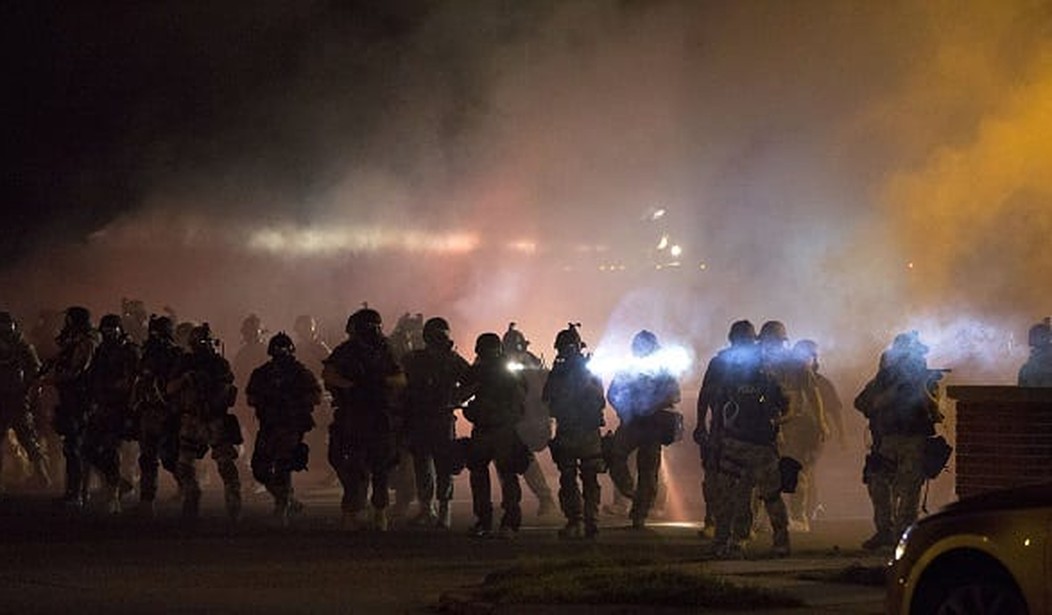




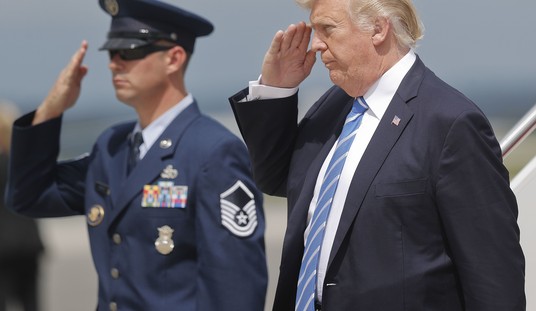




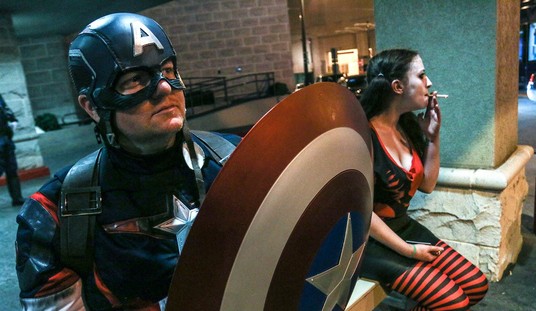

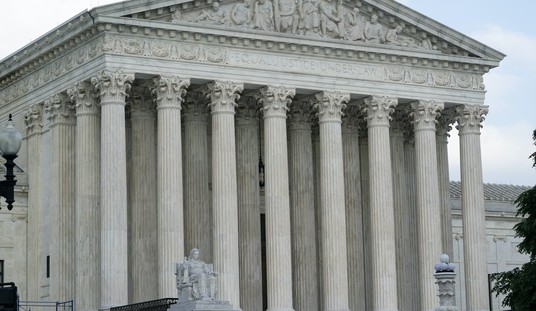

Join the conversation as a VIP Member